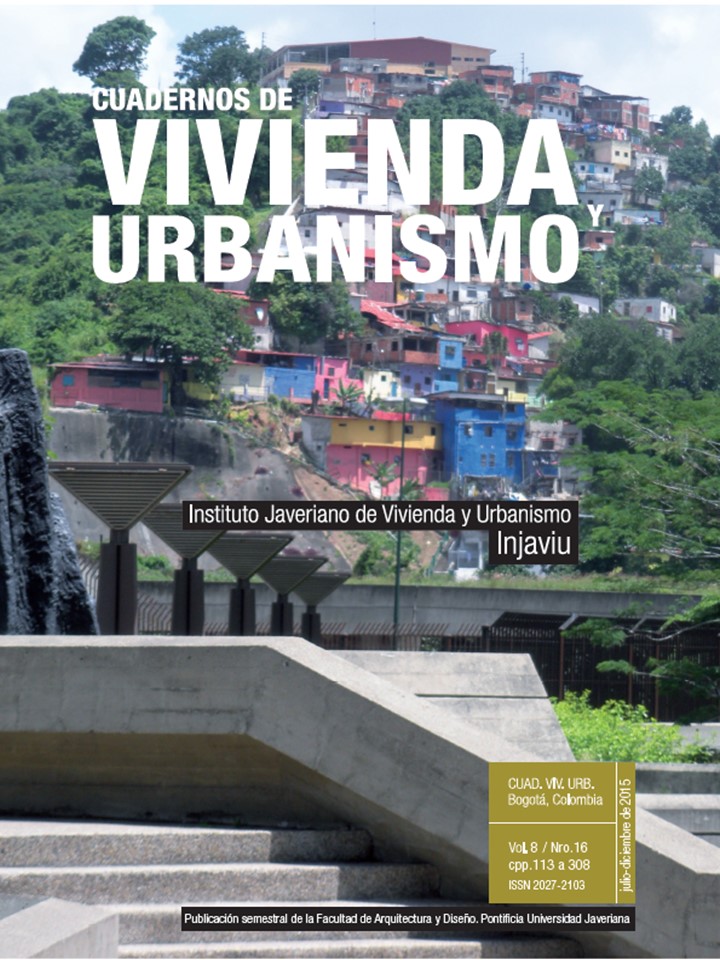Abstract
The article presents the results of applying the conceptual and methodological framework of urban imaginaries of a case study on the city of Quito as a useful tool in order to understand how the sociospatial segregation that has historically characterized the capital of Ecuador is represented. The findings suggest that the spatial assignment constitutes a key element for the imaginaries that give meaning to the intra-urban boundaries and thus the imaginary productions allow us to reconstruct, on a symbolic level, the tensions that social and spatial inequalities entail.
This journal is registered under a Creative Commons Attribution 4.0 International Public License. Thus, this work may be reproduced, distributed, and publicly shared in digital format, as long as the names of the authors and Pontificia Universidad Javeriana are acknowledged. Others are allowed to quote, adapt, transform, auto-archive, republish, and create based on this material, for any purpose (even commercial ones), provided the authorship is duly acknowledged, a link to the original work is provided, and it is specified if changes have been made. Pontificia Universidad Javeriana does not hold the rights of published works and the authors are solely responsible for the contents of their works; they keep the moral, intellectual, privacy, and publicity rights.
Approving the intervention of the work (review, copy-editing, translation, layout) and the following outreach, are granted through an use license and not through an assignment of rights. This means the journal and Pontificia Universidad Javeriana cannot be held responsible for any ethical malpractice by the authors. As a consequence of the protection granted by the use license, the journal is not required to publish recantations or modify information already published, unless the errata stems from the editorial management process. Publishing contents in this journal does not generate royalties for contributors.


